School leaders know just how vital effective observation and feedback is to improving teaching and learning. And at the core of this process is low-inference note-taking, a strategy that focuses on capturing classroom observations objectively. Let’s delve deeper into this technique and show how you can master this method of capturing and delivering high-quality observations and feedback.
Understanding the Essence of Low-Inference Note-Taking
Low-inference note-taking is a straightforward method of recording classroom observations. By focusing solely on the observable and measurable, it reduces the potential for bias and interpretation. Instead of inserting opinions or judgments, the observer only notes the facts.
High-Inference Note Taking vs. Low-Inference Note-Taking
Before we look at how to master low-inference note-taking, understanding the distinction between high-inference and low-inference notes is essential.
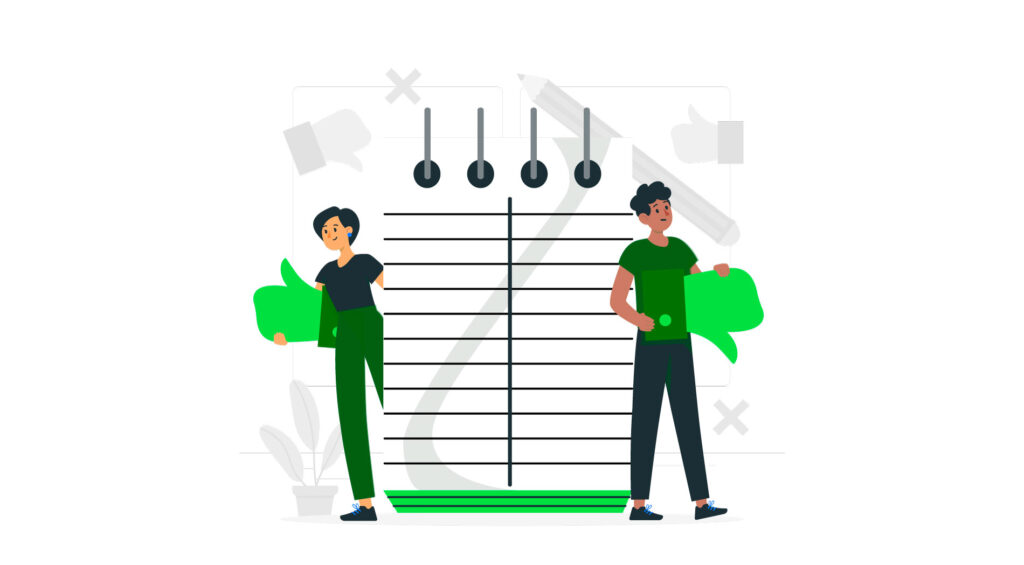
| HIGH-INFERENCE NOTES | LOW-INFERENCE NOTES |
|---|---|
| The teacher asks good questions about time | The teacher asks: “When does the delivery person arrive? |
| Students raise their hands to answer question | 15-20 students raise their hands to answer questions. |
| Quick transition from one activity to another | The transition from writing prompt to independent reading takes 10-15 seconds after the teacher says “Please transition now.” |
| Students were on task. | At least 80% of students were silently reading a handout and writing their answers to three questions in their notebook. |
Tips for Low-Inference Note-Taking
- Be attentive and focused during observations.
- Avoid making judgments or assumptions.
- Use clear and concise language.
- Record events as they occur, without delay.
- Keep personal opinions and emotions out of the notes.
- Review and verify your notes for accuracy.
- Seek feedback from peers or mentors to improve your note-taking skills.
The Value Proposition of Low-Inference Note-Taking
Adopting a low-inference approach does more than just provide unbiased data. It lays the foundation for a relationship built on trust and genuine collaboration.
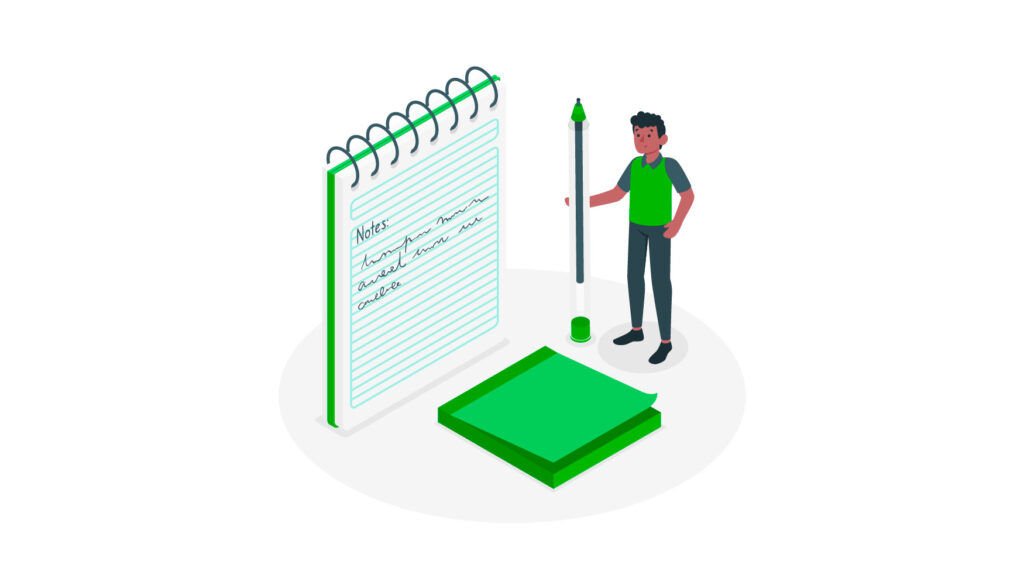
When feedback is rooted in actual occurrences, it becomes easier for teachers to accept, understand, and act upon. This is where Bullseye, with its emphasis on collaboration, truly shines – fostering environments where teachers are partners in the feedback process, not merely recipients.
Tips for Mastery in Low-Inference Note-Taking
Perfecting your low-inference note-taking technique takes time and practice. Here are a few strategies that can guide your journey:

1. Use Technology
Capturing classroom practice with video or audio recordings allows everyone to review what actually happened during the classroom visit. In our experience, just watching or listening to a short clip of classroom practice is a great way to start a debrief conversation, often allowing the teacher to lead the conversation.
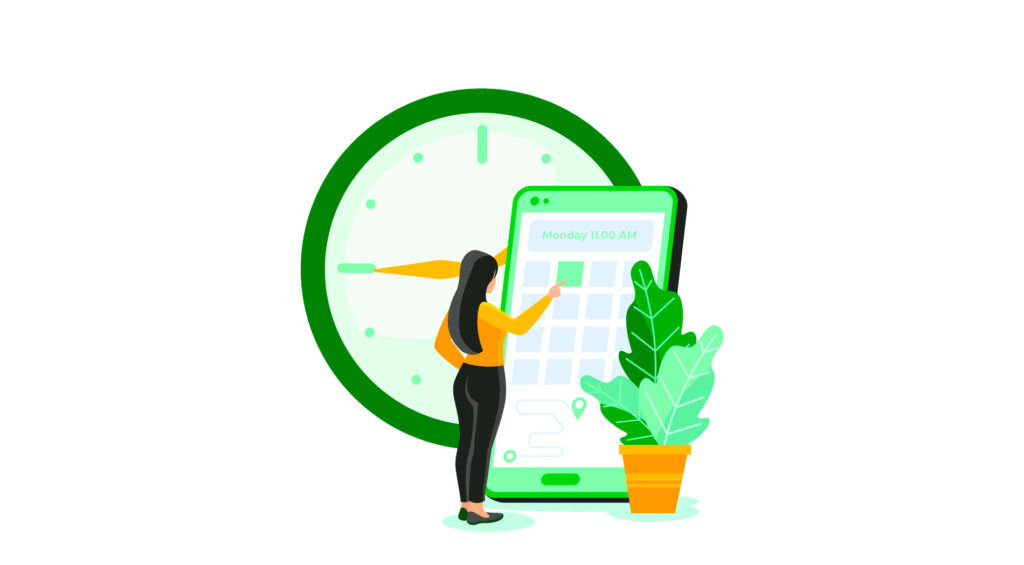
2. Capture the Time
Recording the time of classroom occurrences (e.g. the duration of a prompt, the length of a turn and talk, the span of a transition from one activity to another, etc.) can be extremely insightful for teachers. Asking a teacher to guess how much time they spend on an activity and then comparing it to the real time spent can be a powerful learning opportunity. Remember that highly effective feedback should never feel like a “gotcha” moment for the teacher so be thoughtful when posing questions.
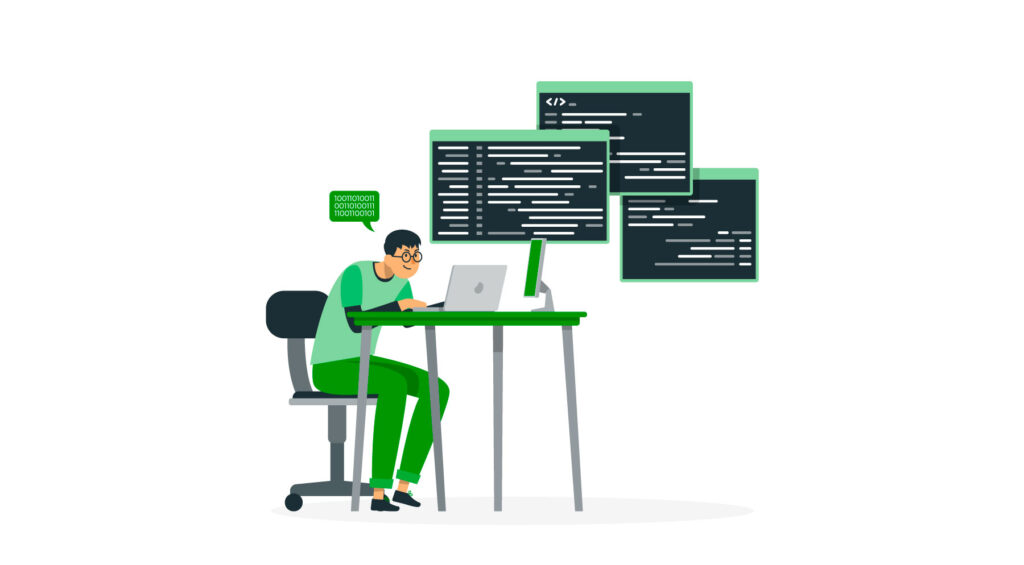
3. Develop a Coding System
It’s nearly impossible to capture all of the nuances of classroom interactions. One tool to capture more is to develop a coding system. For instance, in your notes “T” can stand for teacher, “S1” can be the first student that speaks, and “WT = 3-5s” can stand for a wait time of 3-5 seconds after a question. The key is to choose a system that allows you to capture more information during your visit.
How to Turn Low-Inference Notes into High-Quality Feedback
The real power of low-inference notes lies in their potential to catalyze impactful feedback and improvement. The structured process below can help classroom visitors, typically school leaders or instructional coaches, turn their notes into high-quality feedback.
Here are four steps for turning your low-inference notes into high-quality feedback to help start a productive professional conversation:

1. Review the levels of performance
Whether or not you’re assigning scores, going through your instructional framework and re-reading the rubric and the various levels of performance after collecting low-inference notes is super helpful, especially when providing approximate scores for the visit. Reviewing the levels of performance not only adds context when forming feedback, it also reminds us of the higher levels of instruction that we’re aiming for.
2. Select a focus
When conducting a classroom visit, it may be tempting to capture everything you see in the lesson. However, bombarding teachers with feedback on multiple improvement areas can leave teachers feeling overwhelmed and disheartened.
There are numerous components that constitute each instructional framework objective. Within each objective, we recommend choosing just one element to focus on that is high leverage, meaning likely to improve overall classroom learning for most students. By narrowing the feedback to one key area, we can ensure that teachers feel supported rather than overwhelmed or disheartened.
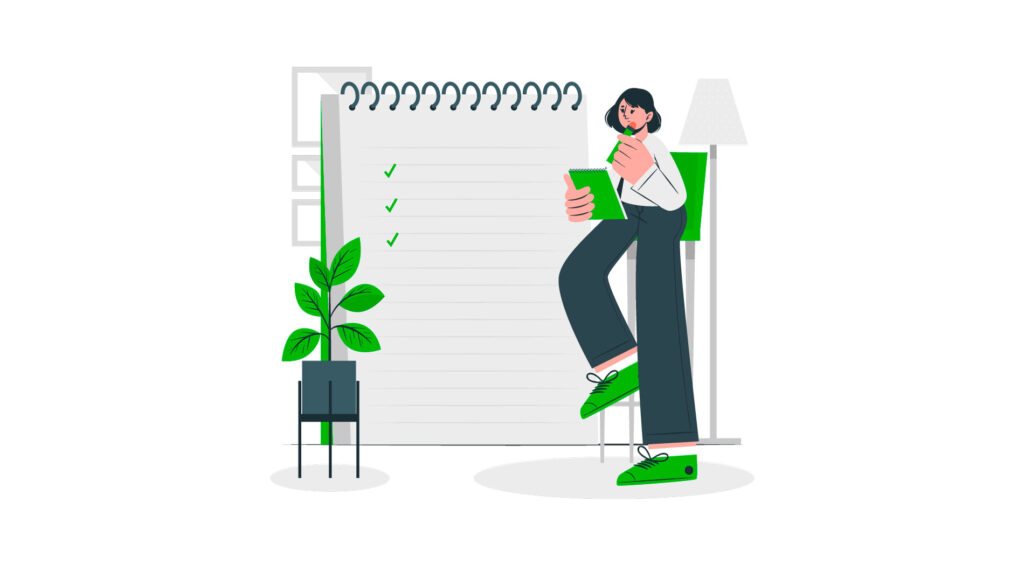
3. Ask a question
Instead of offering a prescriptive solution, pose a question that encourages reflection. Asking a question about how to achieve a desired outcome is often more helpful than providing a one-size-fits-all solution. Teachers, like all professionals, benefit from introspection. We learn best when we’re able to reflect on our practices and have a hand in shaping our own development. As a general rule, you can frame most questions around how one can move towards a higher level of performance.
4. Provide options for next steps
There are many strategies to improve classroom instruction. By offering a range of strategies or next steps, teachers can choose the path that resonates most with their teaching style and the unique needs of their students. This approach not only empowers teachers but also fosters a collaborative spirit, reinforcing the idea that observation and feedback are tools for partnership and growth.
In conclusion, the journey from low-inference notes to high-quality feedback is a thoughtful one. By following these steps, classroom visitors can ensure their feedback is both meaningful and actionable, paving the way for fruitful professional dialogues and continuous instructional enhancement.
Why Bullseye Endorses Low-Inference Note-Taking
Bullseye aims to streamline the process of instructional support, fostering a culture of growth. Low-inference note-taking aligns seamlessly with this initiative, prioritizing evidence-based discussions. By utilizing Bullseye’s platform, instructional leaders can further enhance their note-taking, ensuring consistency, objectivity, and clarity.

Moreover, as education evolves, the demand for evidence-based decisions becomes more pronounced. Bullseye helps ensure that every piece of feedback, every coaching decision, and every instructional strategy is rooted in genuine classroom occurrences.
Beyond Note-Taking: Building a Collaborative Culture
The power of low-inference note-taking isn’t limited to the observations themselves but extends to shaping the very culture of a school. It promotes a climate where every stakeholder, from school leaders to teachers, values objective feedback. With Bullseye by your side, you’re not just adopting a method of observation; you’re embracing a philosophy of collaborative growth.
If you’re ready to integrate this transformative practice into your instructional support process, or if you have queries about your existing system, Bullseye is here for you. Schedule a complimentary strategy session with a Bullseye expert today!


